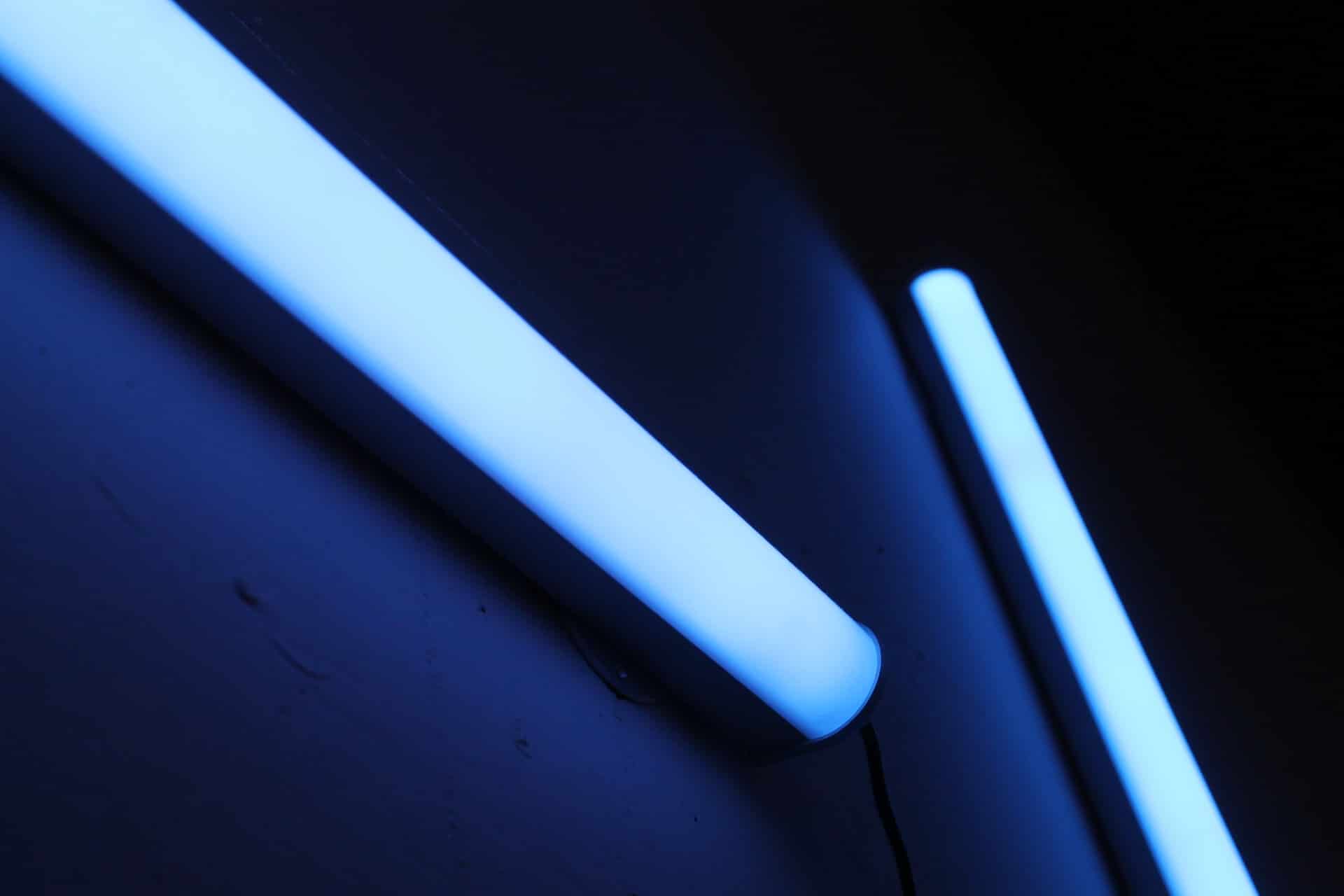Can ultraviolet light kill viruses? This is just one of many questions that people have about the current virus that is making pandemic rounds around the globe.
If ultraviolet light kills the virus, is it possible to use it to keep our homes safe, too? The idea that UVC light kill virus is exciting, because UV lights are widely available (even garden lights have them), so people are thinking of using it perhaps, to deactivate COVID-19 by streaming UV light onto potentially contaminated surfaces.
The market is also slowly filling with UV light sanitizer machines that are being used, supposedly, to kill bacteria and viruses on common household objects. In times like the one we have right now, nothing is more comforting than knowing that we have more than one or two methods of potentially sanitizing our surroundings and the items that we usually hold at home.
Are the UV lights useful to kill coronavirus?
UV light, particularly UV-C light, is useful in killing bacteria and viruses. This has been established for a long time, and coronaviruses aren’t impenetrable, so they are also vulnerable to UV light. The most effective band of UV light is UV-C, which is between 200 to 280 nanometers. Unlike bleach and rubbing alcohol, however, UV light needs at least a few minutes to kill human pathogens.
How do the UV lights kill the virus?
According to the journal Virology, the natural UV light from sunlight is the foremost germ killer of nature. UV light is capable of deactivating double-stranded DNA, single-stranded DNA, double-stranded RNA, and single-stranded RNA. COVID-19 belongs to the family of coronaviruses, which are single-stranded RNA viruses of +ssRNA.
+ssRNA viruses are often isolated from mammalian species, including humans. Coronaviruses are isolated from animals like the dromedary camel, the Himalayan palm civet, and even bats. There is speculation that SARS-Cov-2 is of potentially mammalian-animal origin, meaning the virus made the zoonotic jump from an animal to humans.
Natural sunlight and UV light are capable of destroying viruses by acting as a principal virucide in any natural environment. UV radiation causes viruses to fall by “chemically modifying their genetic material, DNA and RNA.” Nucleic acids in cells are also damaged by UV radiation. There are three bands of UV light – UV-A, UV-B, and UV-C. UV-C remains the most effective in destroying viruses in the long term. However, it should be noted that repeated exposure to UV radiation can be bad for the skin, so be sure to follow the manufacturer’s instructions when using any UV sanitizing machine and avoid exposing yourself to the UV radiation when using any machine that radiates UV rays.
What do you have to know before using the UV lights?
There are different kinds of devices in the market that promise to kill bacteria and viruses, but surely, they are not equal ineffectiveness, so it is best to examine what they can offer you in terms of sanitizing physical surfaces.
The range of the UV radiation is important, foremost, because viruses and bacteria have different UV sensitivities, so stick to UV sanitizing machines that have a specific range (preferably 200 to 280 nanometers), so you can kill a wider range of human pathogens. With the right kind of device, you can sanitize doorknobs, door handles, tables, mobile phones, etc. However, people need to clean household surfaces physically and regularly.
Experts still recommend cleaning household surfaces with bleach solution and/or products with 70% rubbing alcohol. Wipes that use Benzalkonium chloride require a concentration of at least 0.20% to be effective in sanitizing surfaces.
Bleach of different concentrations can be used to clean and disinfect surfaces, but you will have to increase the concentration of the bleach when combining it with cool tap water. Generally speaking, the lower the concentration of sodium hypochlorite (the active ingredient in commercial bleach) the more you have to add to water. If you want to use less when cleaning household surfaces, use 10% sodium hypochlorite bleach.
This is important because some commercial bleach products have as little as 3% sodium hypochlorite mixed into them. Yes, it is frustrating, because some of these commercial solutions add more detergent than sodium hypochlorite, which is the active ingredient that can be used to kill viruses or bacteria when applied to different surfaces.
What kinds of machines offer disinfection using UV radiation?
A quick survey of the popular UV disinfection machines in the market includes naked UV bulbs, UV wands, and UV radiation cases. UV bulbs are the most straightforward of the machines – these are large bulbs that produce UV radiation when you turn them on. In terms of coverage, we recommend these because bulbs are meant to radiate light across a large area. Wands, on the other hand, offer better control when sanitizing surfaces. As the name implies, these look like wands, and they emit just the right amount of UV radiation so you can sweep surfaces properly. You can also put these on proper stands so you can sanitize objects continuously. The most interesting innovation they made on sanitizing objects with UV radiation is wireless cleaning cases. You just put your phone inside, and several slender UV bulbs produce just the right amount of light to clean your phone and whatever objects fit into the case.
We also found a neat UV radiation sanitizer that aims to clean your water. UV water bottle purifiers aim to kill bacteria and viruses inside bottles. UV light is used in water treatment facilities to kill human pathogens, so it is no small wonder that they have devised a portable version of this so people can put the UV filtering mechanism on bottles. We love how portable these devices are, but we aren’t sure yet how effective they are because they are relatively new to the market.

